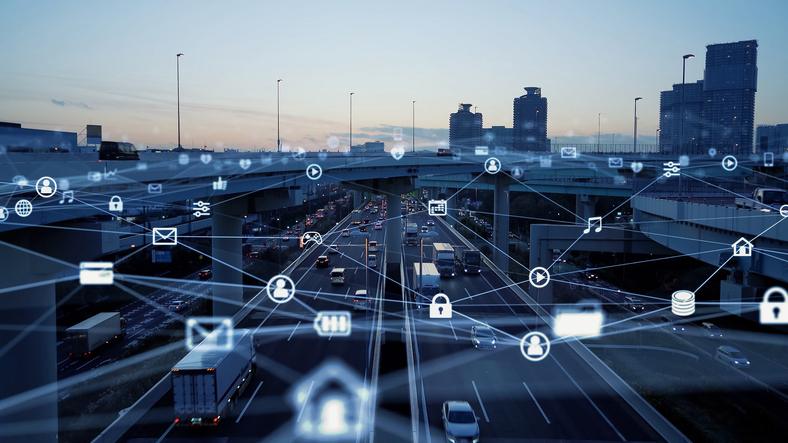
Cyber Security in the age of IoT
Cyber Security in the age of IoT
The Internet of Things (IoT) is an innovation of the modern era that is constantly being used in more and more sectors. It refers to a network of interconnected devices that communicate and exchange data with each other over the internet. However, the rapid increase in the adoption of IoT is leading to the significant increase in the associated risks of Cybersecurity. Protecting these connected devices is vital to maintaining the integrity and security of our digital and physical environment.
The utility of IoT devices is crucial for healthcare, industry, agriculture and in their application in smart cities, but each sector has its own unique security challenges and requirements. Every connected device is a potential entry point for cyber-attacks. More specifically, many IoT devices have limited processing power and memory, making it difficult to implement strong security measures. They also lack basic security features such as encryption and strong authentication mechanisms, making them vulnerable to attacks.
Attacks of IoT devices can lead to privacy breaches as they often collect and transmit sensitive data, which can be intercepted or accessed by unauthorized parties. In addition, compromised IoT devices can be intercepted to form botnets, which lead to the launch of Distributed Denial of Service (DDoS) attacks to disrupt important websites and online services.
According to the above, designing strategies becomes necessary to counter attacks and enhance the security of these devices. Primarily, it is recommended to install security systems during manufacturing, such as secure boot procedures, hardware-based security modules and regular firmware updates. It is also recommended to segment the network, i.e., isolate devices from critical systems and data and encrypt the data transmitted between IoT devices and cloud services. Another solution to limit the spread of attacks is to enforce strong authentication mechanisms such as multi-factor authentication (MFA) that can prevent unauthorized access to IoT devices and networks. Continuous monitoring of IoT networks for suspicious activity, coupled with a robust incident response plan, can help organizations identify and respond to threats immediately.
Emerging solutions to address IoT attacks include artificial intelligence and machine learning ML, which could analyze vast amounts of data to identify patterns and anomalies indicative of cyberattacks. Also, blockchain technology through its decentralized and tamper-proof method for recording and verifying transactions between devices provides, making it one of the most effective solutions. Finally, processing data closer to where it is generated Edge Computing can help filter and process data locally, reducing the amount of sensitive information sent to central servers. And improve security.
The widespread use of the Internet of Things (IoT) and its integration into both our daily lives and critical infrastructure reinforces the importance of security for these devices. Manufacturers and users must prioritize protection against evolving threats. By adopting best practices and leveraging emerging technologies, a more secure and resiliently connected environment can be created.

